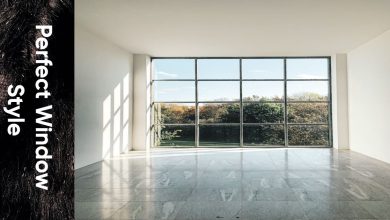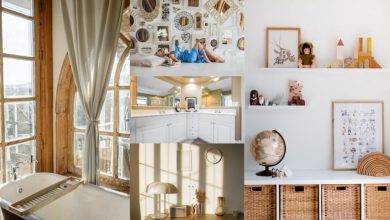Waterproof Your Apartment – Waterproofing your home is the process of protecting its surface from liquids. There are many reasons why a homeowner might wish to waterproof their home, including those of the exterior and interior.
A few common reasons include protecting against mold growth in the basement, preventing water leakage in high-walled rooms without sump pumps, or extending the life of an exterior coating by treating its substrate.
It is important to note that if you buy a luxury apartment such as Prose South Main, you won’t have to worry about these issues.
Waterproofing is a project that should be taken seriously and carefully planned out to assure its final result. There are three different options available to homeowners regarding waterproof their homes. These include interior waterproofing, exterior waterproofing, and foundation waterproofing.
Table of Contents
Waterproof Your Apartment:
<
1. Interior Waterproofing
[tie_list type=”starlist”]
- Interior waterproofing is sealing your home’s surface from liquids in areas of non-exposure.
- Interior waterproofing is perfect for preventing water damage in areas not subject to water exposure and exposure to the elements. This includes hardwood floors, carpet, tile, and any interior walls.
- The main objective of interior waterproofing projects is to prevent moisture from coming through the walls, floorboards, and ceilings.
- In addition to preventing moisture penetration, interior waterproofing also protects against water damage that is easily visible or not easily preventable. If you live in a home with hardwood floors or center hallways,
- interior waterproofing can prevent water damage that could ruin your flooring or walls.
[/tie_list]
There are two types of waterproofing methods that can be used to fill this gap: joint creaming and primers. Moreover, interior waterproofing is beneficial because it costs little to no money and can be done without specialized equipment.
2. Exterior Waterproofing
[tie_list type=”starlist”]
- Exterior waterproofing is for the homeowner who wants to protect their home’s exterior from rain, snow, mud, and other forms of wetness.
- Exterior waterproofing is suitable for areas that are exposed to water. This can include patios, decks, driveways, walkways in exposed areas, and the attic.
- Existing roofs of homeowners may also require an exterior waterproofing treatment. When a roof’s existing surface has been compromised or damaged, water may leak into the home.
- Exterior waterproofing for roofs includes replacement of any damaged shingles, as well as any leaking points.
- Exterior waterproofing is achieved by covering a surface with an exterior coating that allows it to repel water. This is achieved by using an epoxy coating or sealant, which fills in small gaps between surfaces and creates a waterproof barrier that protects against moisture and other liquids from penetrating and ruining your home’s exterior.
- Exterior waterproofing is typically done after an existing roof has reached its end of life and is usually done in just one step. Exterior waterproofing is a multi-step process that may last three to four days.
[/tie_list]
3. Foundation Waterproofing
[tie_list type=”starlist”]
- Foundation waterproofing is for the homeowner whose house sits directly on the ground. This can be problematic because water can easily get into your home’s foundation through cracks or porous materials.
- Foundation waterproofing protects your home from moisture penetration by sealing all gaps between your home’s foundation, walls, and floorboards. Foundation waterproofing solves the long-term moisture penetration problems and can be done in just one step.
- Foundation waterproofing makes your home resistant to wetness and prevents water from penetrating the interior of your home. When it comes to outer buildings, foundation waterproofing is a multi-step process involving many different materials and products.
- Foundation waterproofing serves two purposes, the first being to protect against moisture penetration and the second being protection against leaks. Furthermore, foundation waterproofing is beneficial because it prevents water infiltration, prolongs the life of a structure, and protects a home’s interior from future damage.
[/tie_list]
Conclusion:
Overall, water damage can come at an extremely high cost to homeowners and can be extremely difficult to repair after extensive damage. With the cost of materials, equipment, and labor that come with waterproofing your home, it is always better to prevent the problem before it ever occurs than to solve problems afterward.
For a safe and secure home, waterproofing is a must, preventing the home’s structure from water damage. Waterproofing involves several different products and services for specific needs. This can be as simple as purchasing an exterior sealant for your roof or exterior siding to fill in your basement holes.
Therefore, to successfully waterproof your home, it is important to find a provider that will determine the best solution for your home’s needs, one that will provide you with the most affordable option that achieves the best long-term results.
Visit for more best articles




